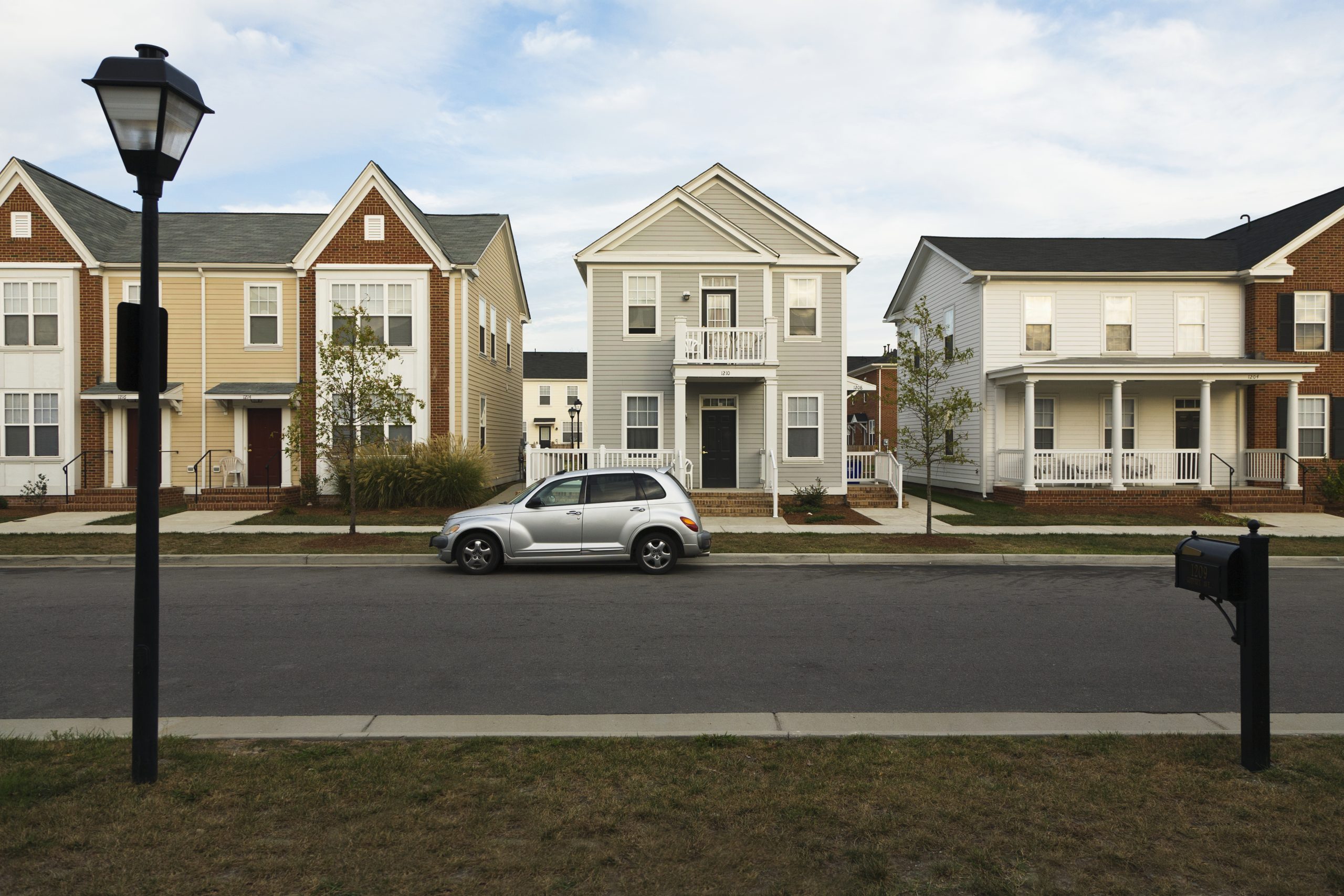Understanding Default Scenarios: What Happens When Borrowers Miss Payments

When you invest in secured private debt, you’re often investing in loans backed by real assets and structured to protect your capital. Yet, defaults still happen. Understanding the private lending default process is essential for accredited investors who expect both yield and preservation of capital.
A default isn’t the end of a story—it’s a series of steps: missed payments, covenant triggers, collateral enforcement—and ultimately recovery or loss. The question is: how well prepared is the fund or manager to handle it, and how well is your capital protected?
The Default Process in Secured Private Debt
Step 1: Payment Missed
The process begins when a borrower fails to make a scheduled interest or principal payment. In many private credit agreements, this triggers an “event of default” once the payment remains unpaid for a specified grace period (e.g., 10–30 days).
Step 2: Notice and Cure Rights
The lender issues a notice to borrower, often allowing a short cure period. During this time, the borrower may work with the lender, restructure the loan, pay late, or activate certain rights.
Step 3: Covenants Triggered
Many secured private debt agreements include covenants (debt service coverage ratio, loan-to-value ratio, etc.). If one of these is violated, the lender gains additional remedies—accelerated maturity, increased interest, or enforcement rights. As sources show, having a secured interest in underlying property and strict covenants is a “key form of risk-mitigation.”
Step 4: Enforcement & Collateral Realisation
If cure rights fail, the lender may enforce. In a secured private debt scenario, that means taking control of the collateral—whether real estate, equipment, or a pledged asset—and disposing of it to repay the loan. The Aberdeen note states:
“Following a default, a lender can enforce and gain control over the property and dispose of it to secure repayment of any outstanding debt.”
Step 5: Loss or Recovery.
After enforcement, the lender subtracts costs of recovery from gross liquidation value. If collateral covers more than the loan, the lender recovers principal (possibly interest). If collateral value falls, there may be a loss—a key risk even in secured deals.
What Drives Defaults in Private Credit
- Borrower cash-flow stress: Even in secured deals, if the borrower can’t service interest, default risk rises.
- Rising interest rates: Even for floating-rate loans, cost pressures can hit businesses and real estate borrowers.
- Declining collateral value: If the underlying asset falls in value (e.g., real estate decline), the recovery cushion shrinks.
- Weak covenants or structural protections: A loan without timely enforcement rights or weak coverage may be more vulnerable. As one guide says:
“The primary risk in private credit is borrower defaults… being mid-market, companies face a heightened risk of financial difficulties that lead to late payments, restructuring, or outright default.”
Why Secured Private Debt Offers Better Recovery Potential
Because the debt is secured—meaning the lender holds a lien or pledge on real assets—secured private debt typically offers better recovery than unsecured public bonds. For example, a Cambridge Associates insight noted:
“Historically, first-lien debt has an ultimate recovery value of 70%, while unsecured bonds have a recovery rate of 47%.”
Additionally:
- Shorter maturities reduce exposure to long-term deterioration.
- Floating-rate or reset structures help align borrower cost with lender yield.
- Strong underwriting, conservative loan-to-value (LTV) ratios, and covenants help limit default probability and improve recovery.
Steps Investors Should Take to Evaluate Default Risk
1. Review the security/Collateral.
Ensure the loans are truly secured, with first-lien status, valid legal documentation, and clear recourse or asset-enforcement rights.
2. Understand the covenant package.
Are debt service coverage ratios meaningful? Are there amortisation schedules? What happens if the borrower is late? The stronger the covenants, the faster the lender may act in stress.
3. Consider Reinvestment & Term Structure.
Loans with shorter maturities and floating-rate structures generally have lower duration risk and can adjust more quickly to market conditions—reducing default exposure over long terms.
4. Review Manager’s Track Record on Defaults & Recoveries.
What kinds of defaults have occurred? How many resulted in partial versus full recovery? Good funds will disclose their default history, enforcement actions, and recovery statistics.
5. Be Realistic About Liquidity and Timing.
Even secured loans can take time to realise collateral value. An investor must understand that default + enforcement + realisation can mean months or years before full recovery.
Case Study: Secured Private Lending Done Right
Imagine a private lending fund that provides first-lien loans to real-estate developers, with conservative LTVs (say 60%) and strong covenants. A borrower misses two monthly interest payments due to short-term cost overrun—triggering a default event. Because the loan is first-lien and the collateral is a completed property in a strong market, the lender quickly negotiates a restructuring, takes control of management, completes lease-up and refinances the asset. Within 18 months the property is sold, lender recovers principal plus interest, and investor suffers minimal loss (if any).
This scenario illustrates how the secured private debt default process can protect capital when properly structured and executed.
What This Means for Accredited Investors
Defaults in private lending are real—but they are also manageable. For accredited investors allocating to secured private debt, the key is selecting managers and funds with the right structure, discipline, and transparency.
When done well, secured private lending offers:
- Better recovery prospects than unsecured debt.
- Income-generating assets that can absorb borrower stress.
- A framework where your capital remains protected even if things go wrong.
In other words: it’s not about eliminating default risk—it’s about containing it, managing it, and structuring for recovery. Reach out to talk to us, we know much more ways to make sure your capital is protected.
Latest posts
Blog pageHow Multi-Asset Strategies Use Private Credit to Improve Yield Stability
Most accredited investors eventually reach a point where traditional diversification stops feeling sufficient. You can mix stocks, bonds, real estate, treasuries, alternatives—yet your portfolio still rises and falls with the same waves of sentiment, interest rates, and economic cycles. That’s where private credit has quietly become one of the most important building blocks inside a […]

When to Increase (or Decrease) Your Allocation to Private Credit
Private credit isn’t just a trend anymore—it’s become one of the most talked-about asset classes among accredited investors looking for stable income and lower volatility. But as with anything in your portfolio, timing and allocation matter. Knowing when to adjust private credit exposure can help you smooth out risk, improve income consistency, and avoid chasing […]